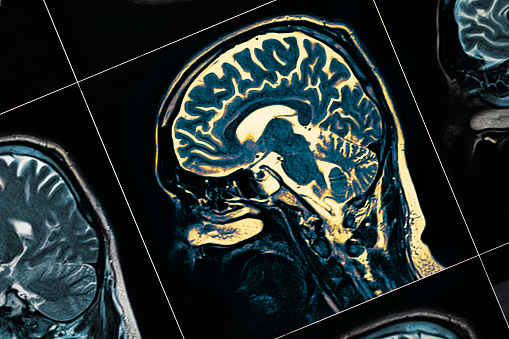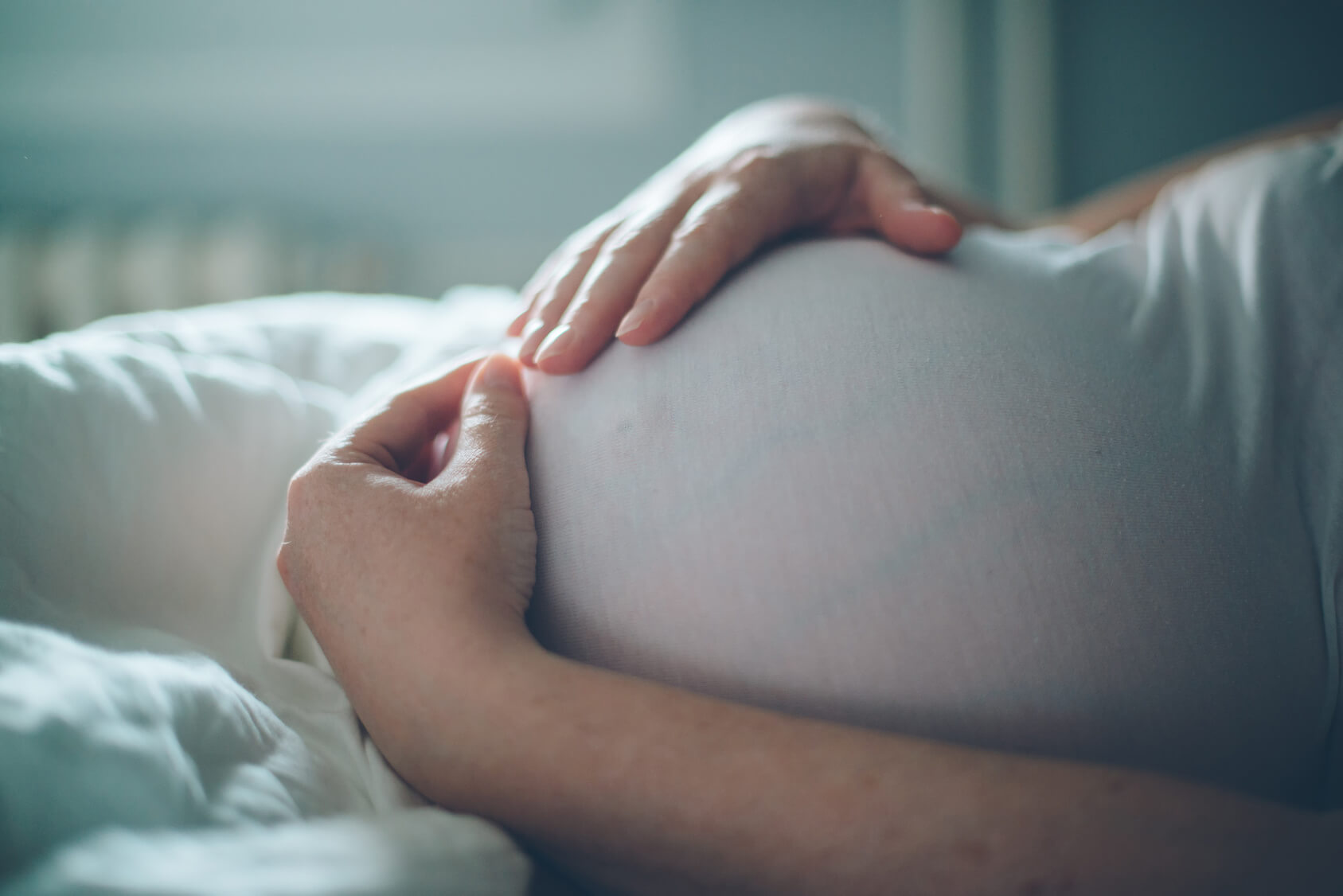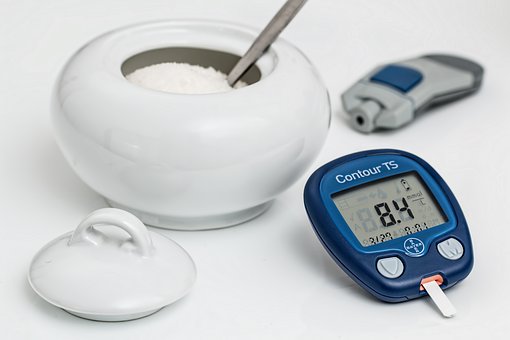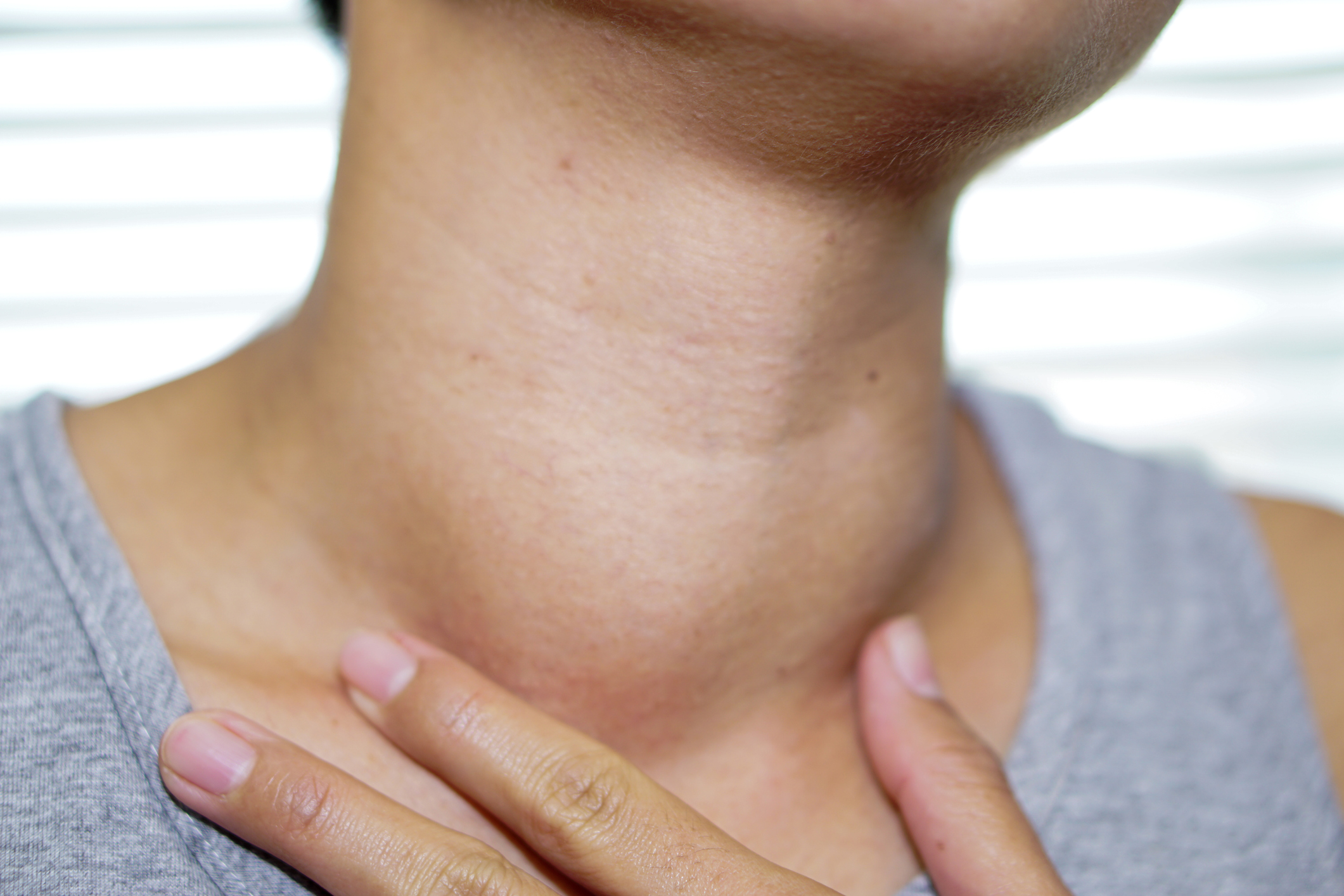Monday, February 13, 2023
Parkinson’s disease, or Parkinson’s disease, is a condition characterized by progressive damage to parts of the brain, causing loss of balance, slowed movement, and tremors. In this article, learn about the causes and symptoms of Parkinson’s disease and whether it is treatable.
What is parkinsonism (Parkinson’s disease) ?
Parkinson’s disease or Parkinson’s disease is a neurodegenerative disorder that causes damage to parts of the brain over time, as a result of affecting the function of dopamine-producing cells in an area of the brain known as the substantia nigra.
In Parkinson’s disease, cells in the substantia nigra begin to deteriorate and die, which leads to low levels of dopamine, which is essential for muscle control, balance and movement. This imbalance affects the senses and movement.
Reasons Parkinson’s Disease
The exact cause of Parkinson’s is not known, but there are several Causes and factors that may trigger it, including:
1. Genetic causes
Parkinson’s disease can be transmitted through genes, due to genetic mutations associated with Parkinson’s disease, and although it is a rare condition, studies conducted on the DNA of people with Parkinson’s disease have shown that genes represent 10 to 15% of all cases of Parkinson’s disease.
2. Environmental factors
Environmental factors can increase a person’s risk of developing Parkinson’s disease, including exposure to pesticides, herbicides used in agriculture and industrial pollution.
2. Neurodegeneration
Diseases responsible for the death of neurons can trigger Parkinson’s disease, including:
-
Weakness of nerve cells in the brain
Parkinson’s disease occurs as a result of damage or death of nerve cells in one area of the brain, and the death of these cells leads to a decrease in the production of dopamine, which is necessary to control movement.
-
Damage to nerve endings
Damage or loss of nerve endings leads to decreased production of norepinephrine, a chemical messenger essential in the nervous system that controls heart rate and blood pressure. The lack of production of this chemical carrier is associated with causing many symptoms of Parkinson’s disease, especially at the level of the digestive system and heart health.
-
The presence of Lewy particles
Experts note that the brain cells of people with Parkinson’s disease contain Lewy corpuscles, which are abnormal clumps of alpha-synuclein, a protein found in the brain.
symptoms Parkinson’s Disease
starts appearing Parkinson’s symptoms Gradually, and what distinguishes them is that they get worse with the passage of time, which are mental and behavioral or what is known as motor symptoms and non-motor symptoms, and they include:
1. Slow movement
The slowness of movement in Parkinson’s disease results from damage to brain cells that makes it difficult to control muscles.
2. Tremor
A tremor or involuntary shaking of the muscles of the hands and fingers, for example, can be felt even when the muscles are not used.
3. Muscle stiffness
Parkinson’s patients experience stiffness in which the body’s muscles do not move even when a part of the body is moved.
4. Not being able to stand upright
Slow movement and muscle stiffness result in an inability to control the body when standing or walking, as well as walking in a hunched manner with shorter steps than usual and then the inability to turn around naturally and quickly.
5. Poor control of facial muscles
Poor control of facial muscles results in blinking less than usual, drooling, and unchanging facial expressions. In addition to difficulty swallowing sound paper.
6. Psychological and cognitive symptoms
Psychological and cognitive symptoms are known as non-motor symptoms, and include:
Phase Parkinson’s Disease
Knowing the stages of Parkinson’s disease enables tracking the development of symptoms of the disease in patients, and these stages include:
First: the early stage
The early stage or the first stage of Parkinson’s disease refers to the absence of symptoms of the disease or its impact on a person’s daily lifestyle, and some symptoms may appear on one side of the body without the entire body.
Second: the intermediate stage
The middle stage of the disease or the second and third stages of Parkinson’s disease refers to suffering from symptoms that affect the daily activity of the person, such as muscle stiffness and trembling, trembling and changing facial expressions, then slow movement and loss of balance, which makes the person vulnerable to falling as a result of his inability to control his movements. his body.
Third: the late stage
Late stage or stage IV and V Parkinson’s refers to the loss of the ability to stand unaided, with very slow muscle movement. Symptoms of hallucinations and delusions may also begin to appear in some patients.
Is Parkinson’s disease dangerous?
Parkinson’s disease can become a serious disease if patients do not respond to treatment early in the disease, then the patient becomes severely disabled that makes him in need of permanent help for the people around him. It may also affect his health and make him vulnerable to infection and disease, such as falling or having a blood clot. Or lung infections or blockage of the lungs, which are complications that may be fatal for the sick person.
Parkinson’s disease treatment
There is no effective treatment for Parkinson’s, and its treatment methods vary according to the development of symptoms in the person. Medicines and surgery are used to treat symptoms. Here are the most important of these medications and surgical treatment methods.
-
Medications to increase dopamine levels
Taking drugs for Parkinson’s disease helps improve movement disorders, by increasing dopamine levels, helping to transmit messages between parts of the brain and nerve cells that control the ability to move.
-
Dopamine agonists
Dopamine agonists perform a similar role as dopamine in the brain, but their effects are much milder than other types of medication.
-
Monoamine oxidase inhibitors
These inhibitors act on the effect of dopamine-breaking substances or enzymes, which stimulates higher levels of dopamine in the body.
Surgical treatment is used to relieve symptoms of the disease in people who have not responded to medications or lifestyle changes. Surgical treatment includes deep brain stimulation, through subcutaneous implantation and insertion into specific areas of the brain. This device produces an electric current and stimulates the part of the brain affected by Parkinson’s.
Frequently asked questions that may interest you
Is walking beneficial for Parkinson’s patients?
Among the symptoms of Parkinson’s disease is loss of balance and finding it difficult to walk. Therefore, it is recommended to get used to stretching exercises and light exercises to help walk without the risk of falling, by avoiding carrying things and walking in small steps while paying attention to the position of the foot when standing and not moving quickly to avoid Loss of control of body position.
How does a Parkinson’s patient sleep?
The Parkinson’s patient suffers from the ability to sleep, as he is susceptible to many sleep disorders such as intermittent sleep, frequent waking up at night, or excessive sleepiness during the day, and many symptoms affect the ability to sleep, such as the inability to move, change the sleeping position, or feel severe pain or suffering. Bladder and bowel disorders.
To avoid sleep disturbances in a Parkinson’s patient, it is recommended to follow following instructions:
- Do not drink caffeine before bed.
- Do not smoke before bed or when waking up at night.
- Make sure to relax before bed.
- Not doing intense exercise before bed.
- Avoid very cold or very hot temperatures when you want to sleep.







